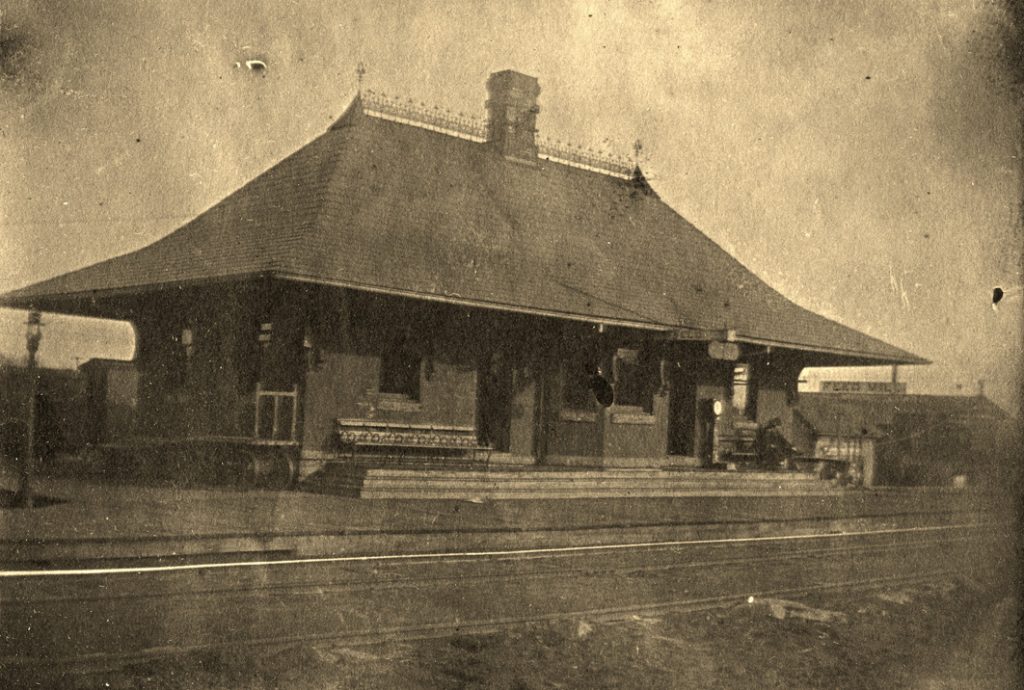First things first
- Make sure Photoscan is installed on your lab computer
- If not, go to Agisoft.com/downloads/installer to download the Agisoft PhotoScan 1.4.5 Standard Edition.
- NB: Agisoft just refactored the software in the latest update and renamed it to Metashape. We are going to stick with the tried and true earlier version for now.
- A demo mode is available for free that will let you try everything except exporting and saving your model.
- Download the sample photograph dataset that we will use in class today
So far in our exploration of 3D DH methodologies, we have seen how no longer extant buildings might be hand modeled using match photo techniques in SketchUp, and how procedural generation can produce a large number of textured and detailed building shapes from 2D GIS footprints with a minimal amount of code. We are going to explore one more technique today: creating 3D mesh models from photographs, otherwise known as…
Photogrammetry
Photogrammetry is another algorithmic modeling technique that consists of taking multiple overlapping photographs and deriving measurements from them to create 3D models of objects or scenes. The basic principle is quite similar to the way many cameras these days allow you to create a panorama by stitching together overlapping photographs into a 2D mosaic. Photogrammetry takes the concept one step further by using the position of the camera as it moves through 3D space to estimate X, Y and Z coordinates for each pixel of the original image; for that it is also known as structure from motion or SfM.
Photogrammetry can be used to make highly accurate and realistically photo textured models of buildings, archaeological sites, landscapes (if the images are taken from the air) and objects. Close range photogrammetry of historical objects offers the possibility of both digitally preserving artifacts before they may be lost or damaged, and of allowing a whole suite of digital measurements, manipulations and other analyses to be performed that allow insights into the material that might not be visible to the naked eye. The technique is gaining in popularity and usage, since it produces very impressive results comparable to high end laser scanning technologies for a mere fraction of the cost.
Exercise: Modeling the Northfield Depot
Our test subject will be the historic Northfield Depot, a train station built in 1888 and currently undergoing restoration through the efforts of the local Save the Northfield Depot campaign.

We will learn photogrammetry using PhotoScan, the leading photogrammetry software. A demo mode is available for free that will let you try everything except exporting and saving your model. If you want to explore more, they offer a 30-day free trial of the full Standard or full Professional editions.
Northfield Depot by meDHieval on Sketchfab
Assignment (optional) Photogrammetry
We are going to talk through this process today, and get started, but not go through the whole thing. If you are interested in this technique and want to try it yourself, make a model like the one embedded above:
- Download the sample photograph dataset if you haven’t already.
- Follow the instructions in the Photogrammetry with PhotoScan Tutorial document.
- If you are successful, take a screenshot and post your reaction to this process as a new blog post.
- For which research questions or types of project would this method of 3D modeling be appropriate?

